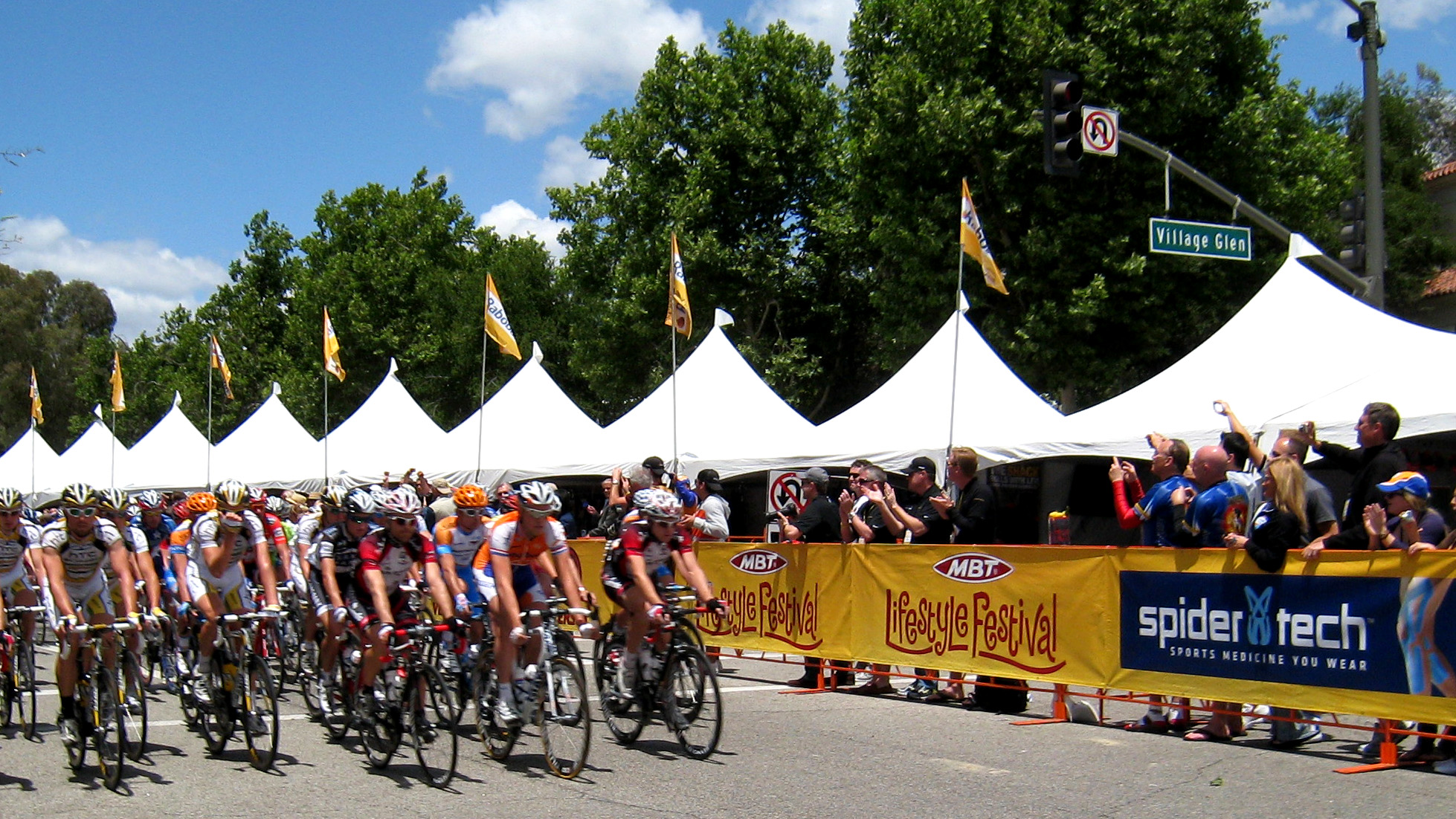
This was the start of the last day of the 2010 Tour de California in Westlake Village, and it seemed appropriate to start this website with this as well.
Cycling is deceptively simple. It seems like all you have to do is get a bike, learn to balance, and then ride. The fundamentals are obvious. Its hard doing ascents and easy going down. It hurts when you “meet and greet” the road and its easy to lose control going around curves. What else is there? The answer is lots.
Talk to an Elite cyclist and they will regale you with details and hidden secrets that are part of their competitive strategies. Or walk into a bike shop and look at all various devices costing hundreds of dollars that you can attach to your bike. Or simply watch a Tour race to see the techniques employed when pack riding.
You are riding a sophisticated machine. It can transform pedaling into forward motion, or tuned to different riding scenarios by gearing. It has been constantly evolving, and if you have been riding for a while, you are most likely riding something much more advanced than your first bike.
Then there are the forces and factors as you ride. You need to factor in aerodynamics, gravity, how much energy you have in the tank, and rolling resistance.
What is the payoff to understanding how these pieces fit together? You get to ride more proactively. Instead of passively riding along, you anticipate and adapt your riding as riding conditions change. You will also find physical insights may confirm which of your riding instincts are correct and should be built upon.
This website deals with acquiring these cycling insight. In this introductory section, we discuss what physical cycling is, as well as some critical fundamentals.
